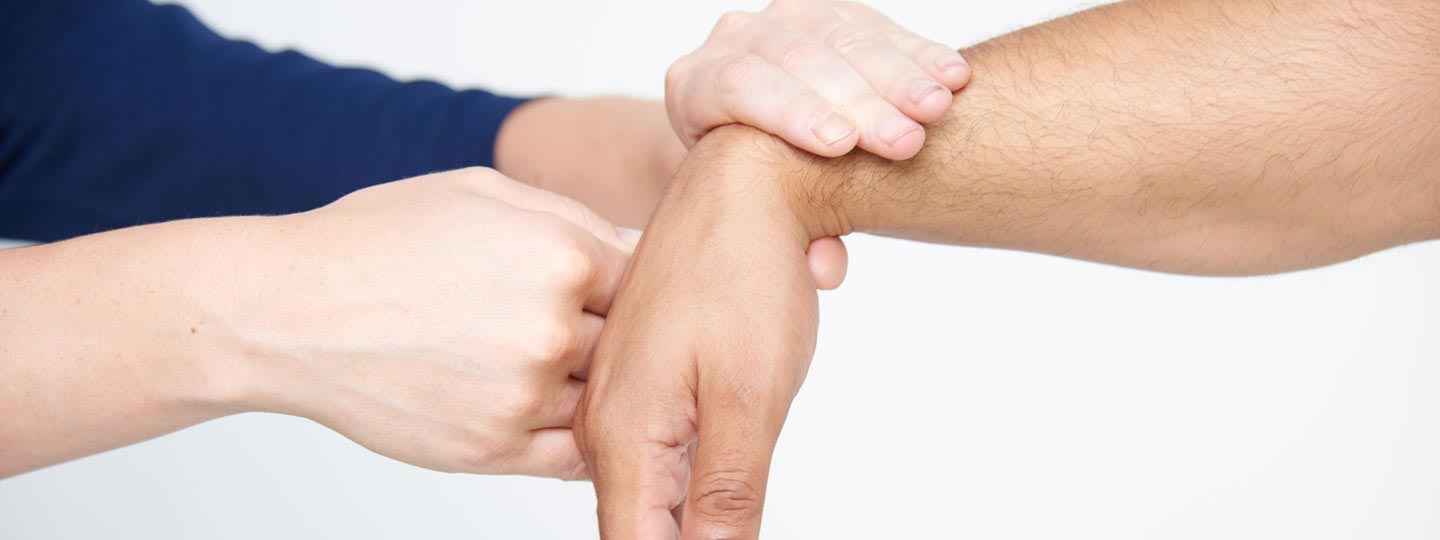
Clinical assessment of patients with musculoskeletal conditions
Introduction to the musculoskeletal assessment
Competent history taking and examination are the key to making an accurate diagnosis and assessment of a patient dealing with joint problems.
The musculoskeletal history
History taking is an important skill for doctors or practitioners - achieved with regular practice. Learn the four important areas for musculoskeletal history.
The musculoskeletal examination: GALS including videos
This video tutorial is for GALS screening examination (gait, arms, legs and spine). It's 1–2 minutes and detects abnormalities of the musculoskeletal system.
The musculoskeletal examination: REMS including videos
REMS (regional examination of the musculoskeletal system) is a detailed examination carried out after an abnormality is detected. Learn the method with videos.
Investigations
Imaging of bones and joints, blood tests and synovial fluid analysis are the three main types of investigations which can be useful in assessing a patient’s joint problems. This section provides further detail on each of these.
Clinical findings in patients
This section includes a series of videos showing you how to put the REMS and GALS screening into practice when faced with a real patient.
Introduction to GALS and REMS videos
Versus Arthritis (VA) MSK Clinical Assessment Guide and REMS and GALS Examination Videos Feedback Survey
You may also be interested in
-
Digital flipbook
Take a look at the digital version of the clinical assessment guide.
-
Guide to the clinical assessment of patients with MSK conditions PDF
Download the PDF version of the clinical assessment guide.
-
Paediatric resources
Useful resources for improved knowledge and skills in the assessment of children and young people. Includes the quick and easy validated MSK screening tool; pGALS.
-
Guide to the Welsh version of the clinical assessment guide of patients with MSK conditions PDF
Download the Welsh PDF version of the clinical assessment guide